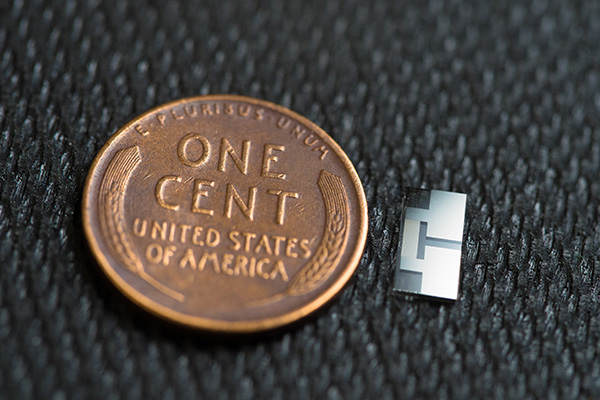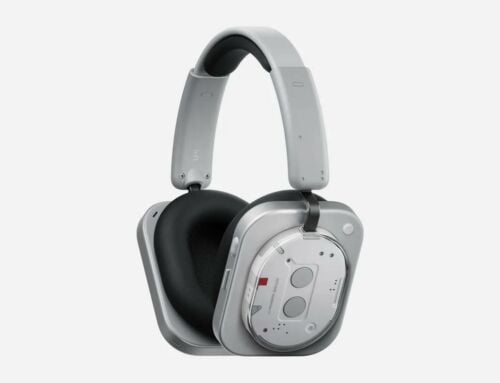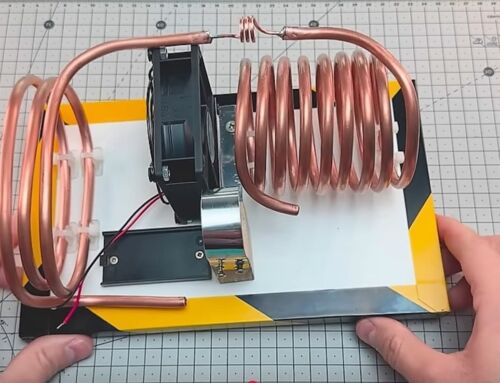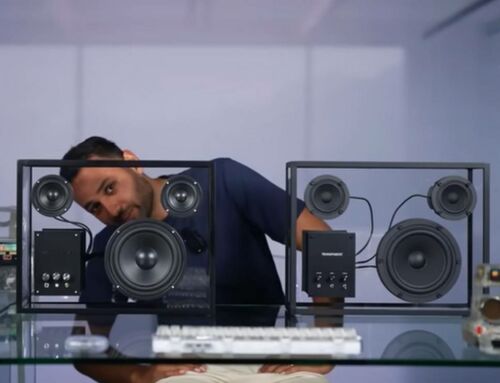Scientists created a small device emitting ultrasound waves, to improve charge and run time in Lithium batteries.
Researchers at the University of California San Diego developed an ultrasound-emitting device that brings lithium metal batteries, or LMBs, one step closer to commercial viability. Although the research team focused on LMBs, the device can be used in any battery, regardless of chemistry.
The device that the researchers developed is an integral part of the battery and works by emitting ultrasound waves to create a circulating current in the electrolyte liquid found between the anode and cathode. This prevents the formation of lithium metal growths, called dendrites, during charging that lead to decreased performance and short circuits in LMBs.
The device is made from off-the-shelf smartphone components, which generate sound waves at extremely high frequencies—ranging from 100 million to 10 billion hertz. In phones, these devices are used mainly to filter the wireless cellular signal and identify and filter voice calls and data. Researchers used them instead to generate a flow within the battery’s electrolyte.
“Advances in smartphone technology are truly what allowed us to use ultrasound to improve battery technology,” said James Friend, a professor of mechanical and aerospace engineering at the Jacobs School of Engineering at UC San Diego and the study’s corresponding author.
Researchers showed that a lithium metal battery equipped with the device could be charged and discharged for 250 cycles and a lithium ion battery for more than 2000 cycles. The batteries were charged from zero to 100 percent in 10 minutes for each cycle.
“This work allows for fast-charging and high energy batteries all in one,” said Ping Liu, professor of nanoengineering at the Jacobs School and the paper’s other senior author. “It is exciting and effective.”
source University of California San Diego






Leave A Comment